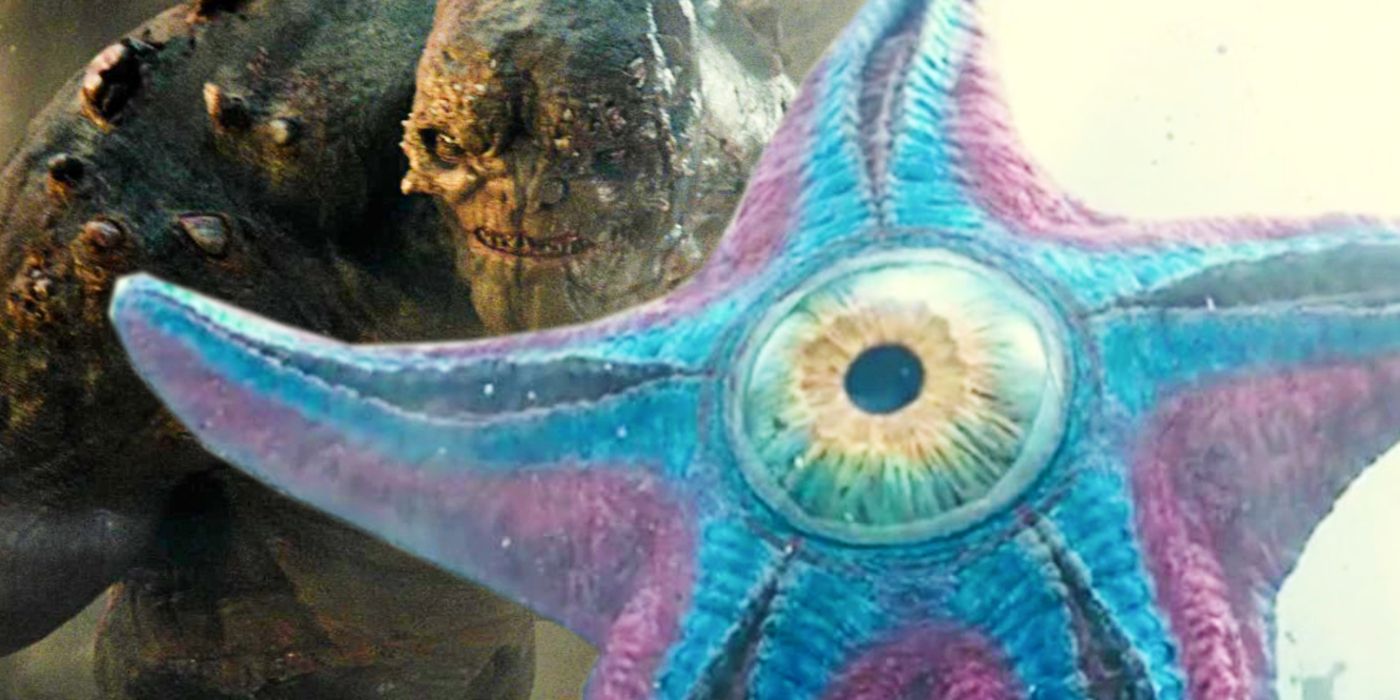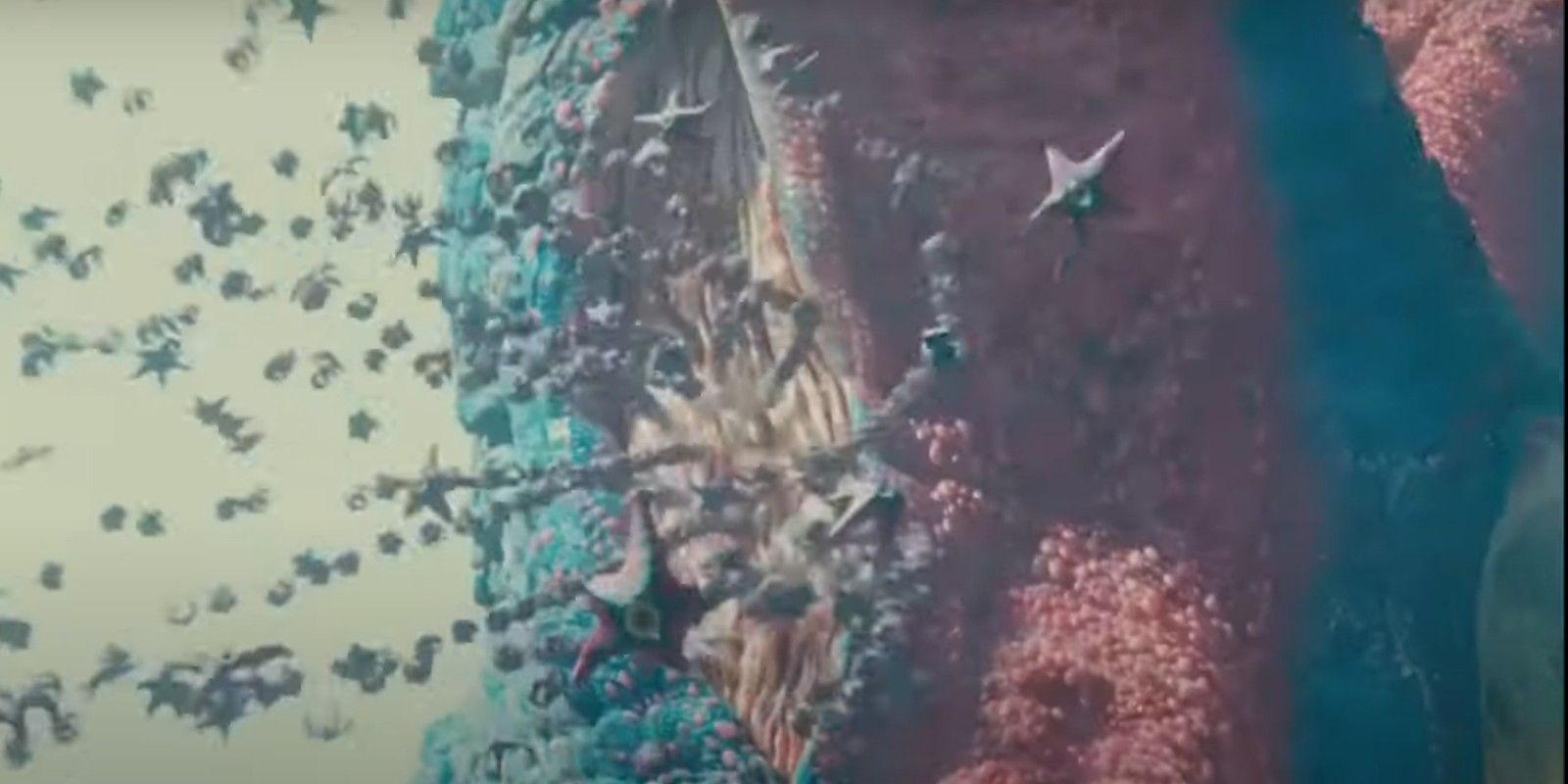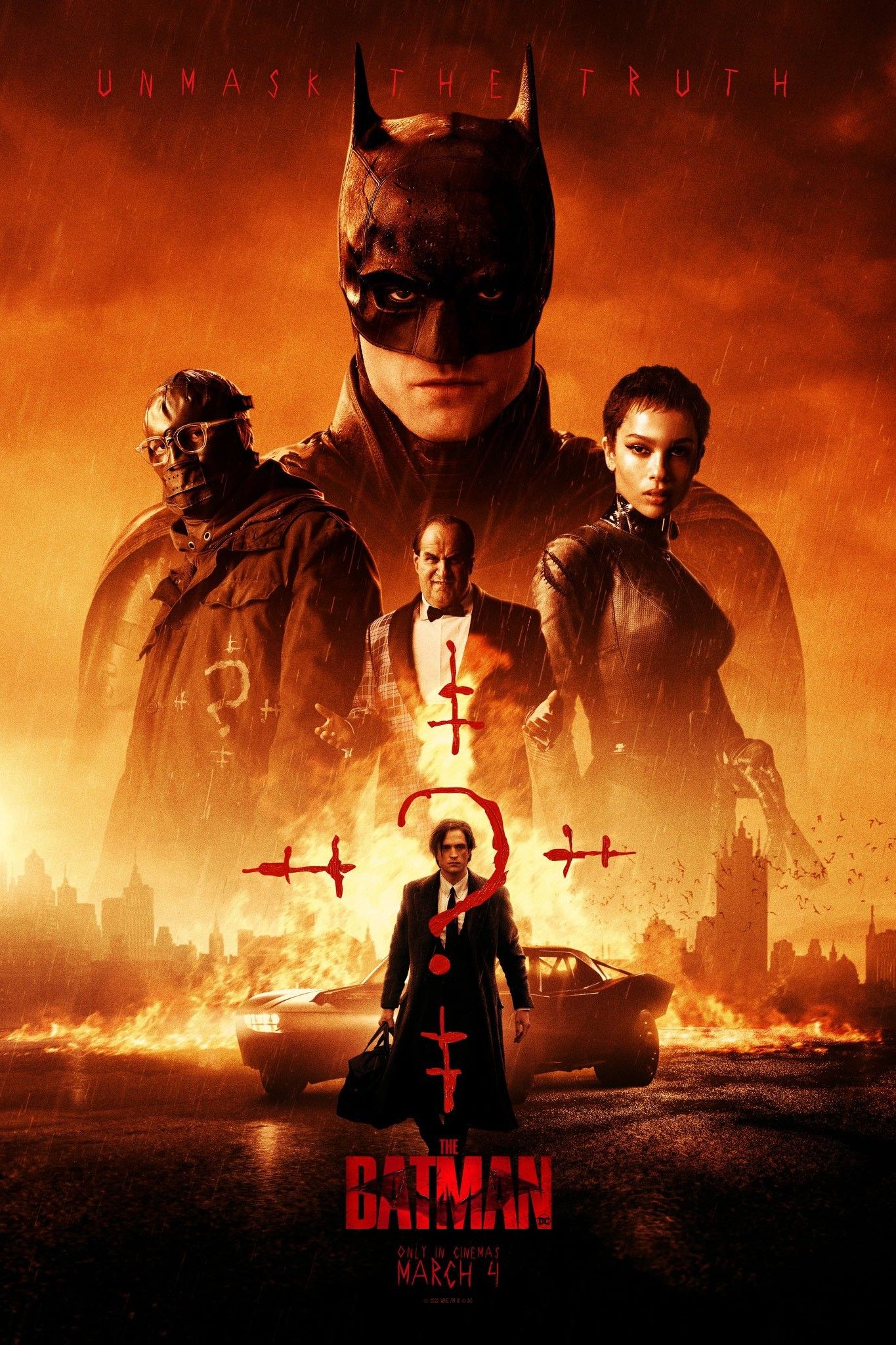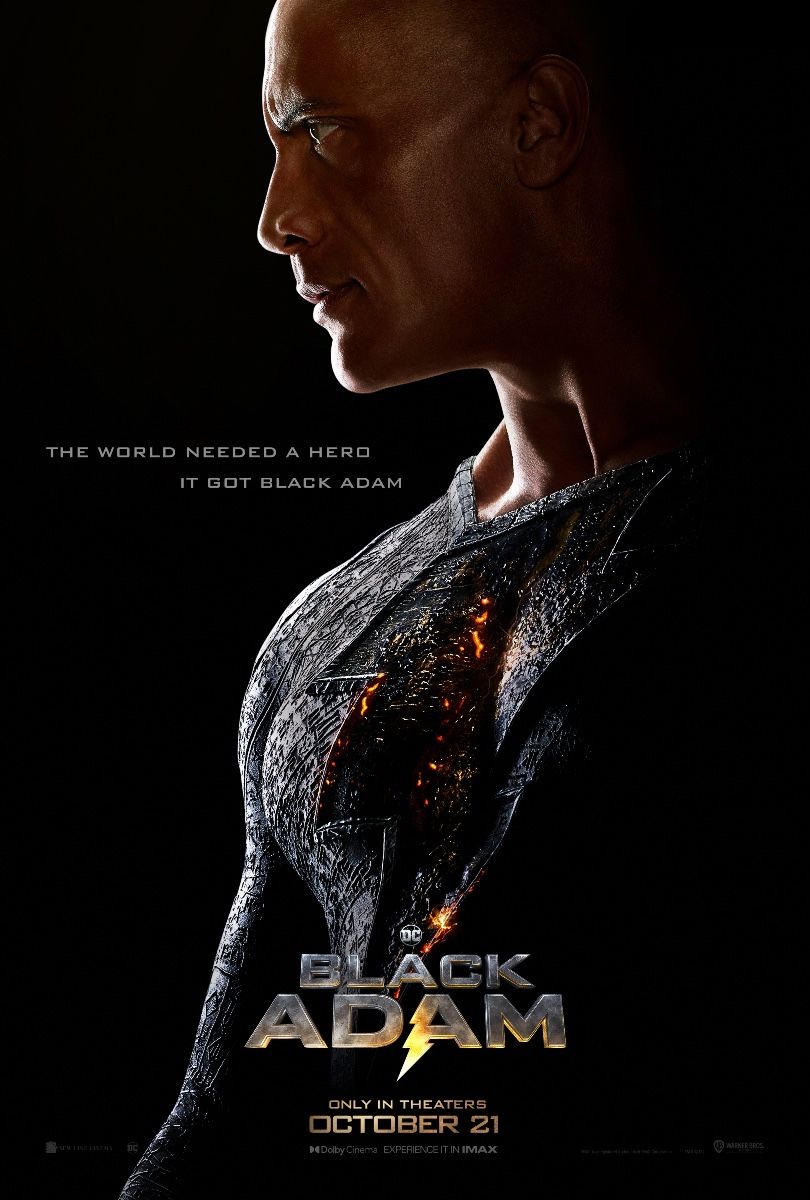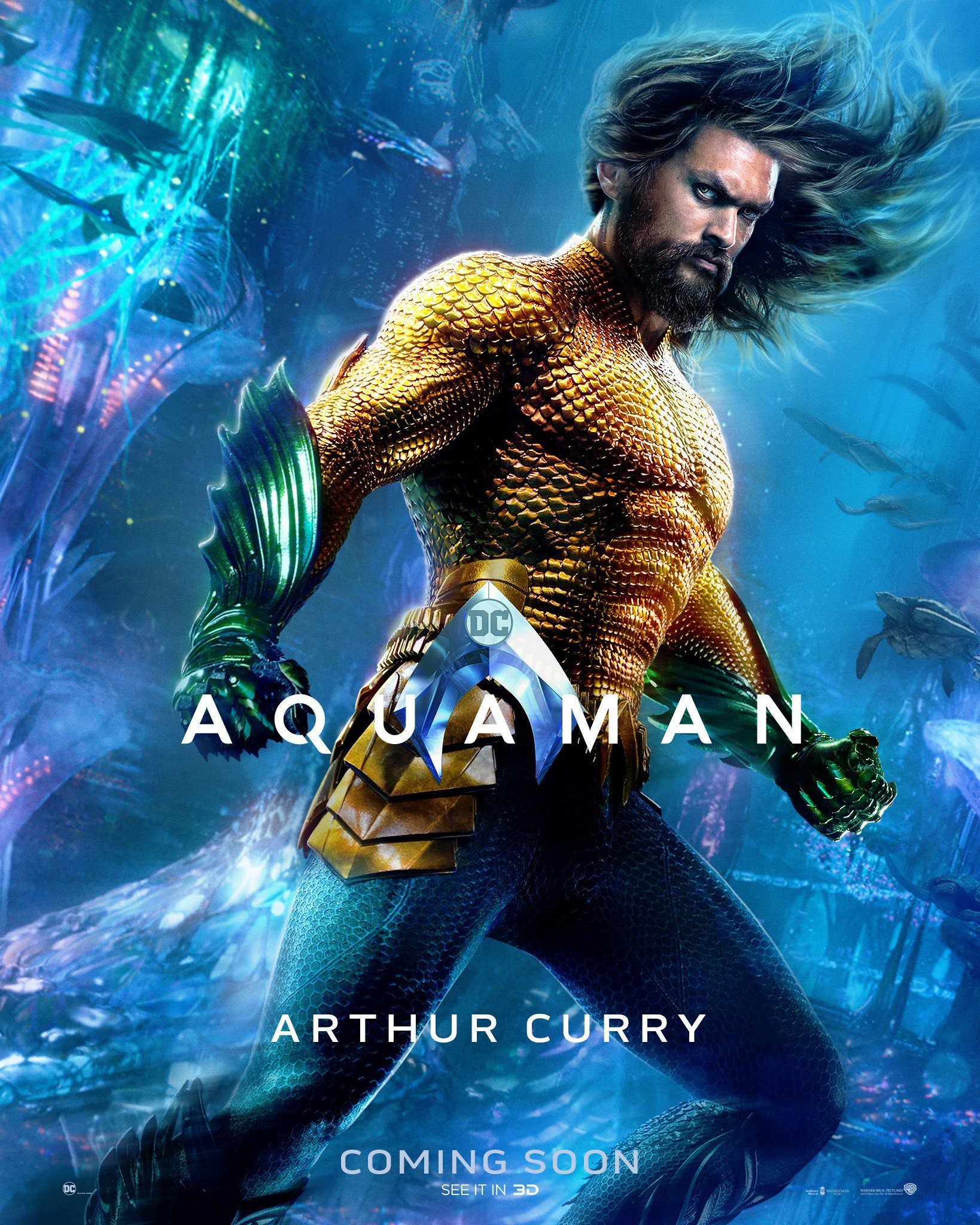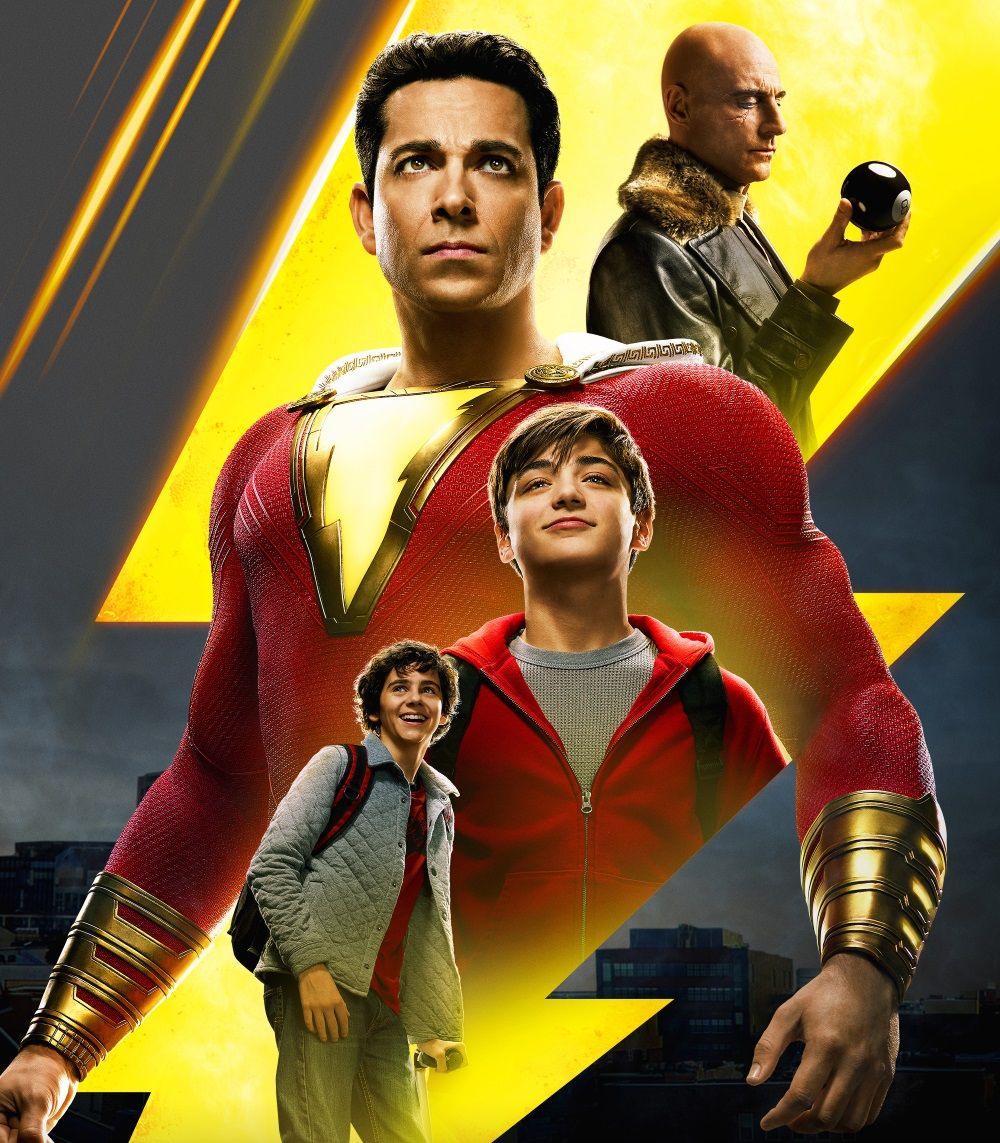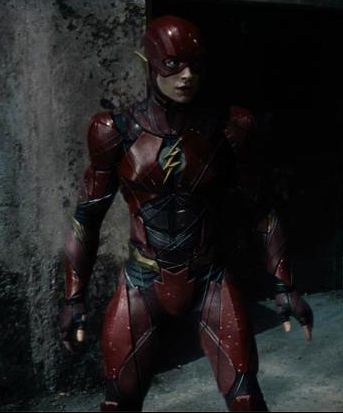Warning! Spoilers ahead for The Suicide Squad
In James Gunn's The Suicide Squad, the film's main villain Starro the Conqueror features a lot of what didn't work with past DCEU villains and perfectly combines them into something truly dynamic and great. While past villains such as Steppenwolf, Incubus, and Doomsday were all CGI villains that didn't receive much praise, Starro raises the bar by being engaging on multiple levels both aesthetically and internally as a dimensional CGI character, an accomplishment few villains in the DCEU have managed to achieve. Not only does Starro look incredible on the screen, but director James Gunn manages to make him a tragic and sympathetic villain as well (a rare combination for DC's films).
In The Suicide Squad, Starro the Conqueror was a cosmic alien starfish that was recovered by astronauts during the Cold War. He was then imprisoned and experimented on for years in Jotunheim, a secret lab on the island nation of Corto Maltese. While Amanda Waller's Task Force X was tasked to terminate him and delete all records of his existence, the massive Starro managed to break out of his prison, wreaking havoc upon the populace as he released his mind-controlling spores to take over the military and many civilians. However, after Task Force X succeeded in defeating him, his last words were that he had been happy floating in space and looking at the stars. Starro never asked to be taken and imprisoned, nor did he want to be named a conqueror by Project Starfish's leading geneticist known as The Thinker. By The Suicide Squad's ending, it's made fairly apparent that Starro was just as much a prisoner and unwilling player as the members of the Suicide Squad themselves. He was justifiably angry and just wanted to be free.
Not only is Starro an incredibly dynamic character internally, but he's also far more striking and visually stunning foe than past DC villains. It's hard not to, being a giant pink and purple one-eyed cosmic starfish. While a longtime criticism of the DCEU films is its oversaturation of non-compelling and fully CGI villains with such as Steppenwolf, Incubus, or Doomsday (among others), Starro definitely breaks the mold despite being fully CGI as well. Furthermore, Starro also carries a tragic backstory similar to villains like WW84's Cheetah, though he benefits from a much stronger story unlike Kristen Wiig's Barbara Minerva, whose character suffered due to the film's various story problems. All in all, Starro (and all of his spores) has become one of the strongest and most engaging villains in the DCEU thus far, especially for being completely CGI.
On paper, Starro shouldn't work as well as he does. Prior to his actual depiction in The Suicide Squad, a giant CGI cosmic starfish should have fallen prey to a lot of the risks and problems that befell the many villains that came before him in the DCEU. That being said, it certainly seems as though Starro's success should be attributed to The Suicide Squad's director James Gunn. There definitely weren't any expectations for Starro to be a sympathetic foe...and yet he was. Gunn took the extra steps beyond what was called for, making the starfish just as compelling as any other character seen in the film, and it enriched the entire film as a result.
All in all, Starro has certainly reached a coveted place in the DCEU as a visually engaging and dynamically motivated villain, despite the inherent ridiculousness of what he actually is (a ludicrous giant cosmic starfish capable of mind control). While it's more than likely that Starro was a one-time villain and won't be seen in the DCEU's future (especially after his gruesome death), The Suicide Squad absolutely benefitted from Starro's dynamic presence and the engaging threat he posed to Task Force X.

